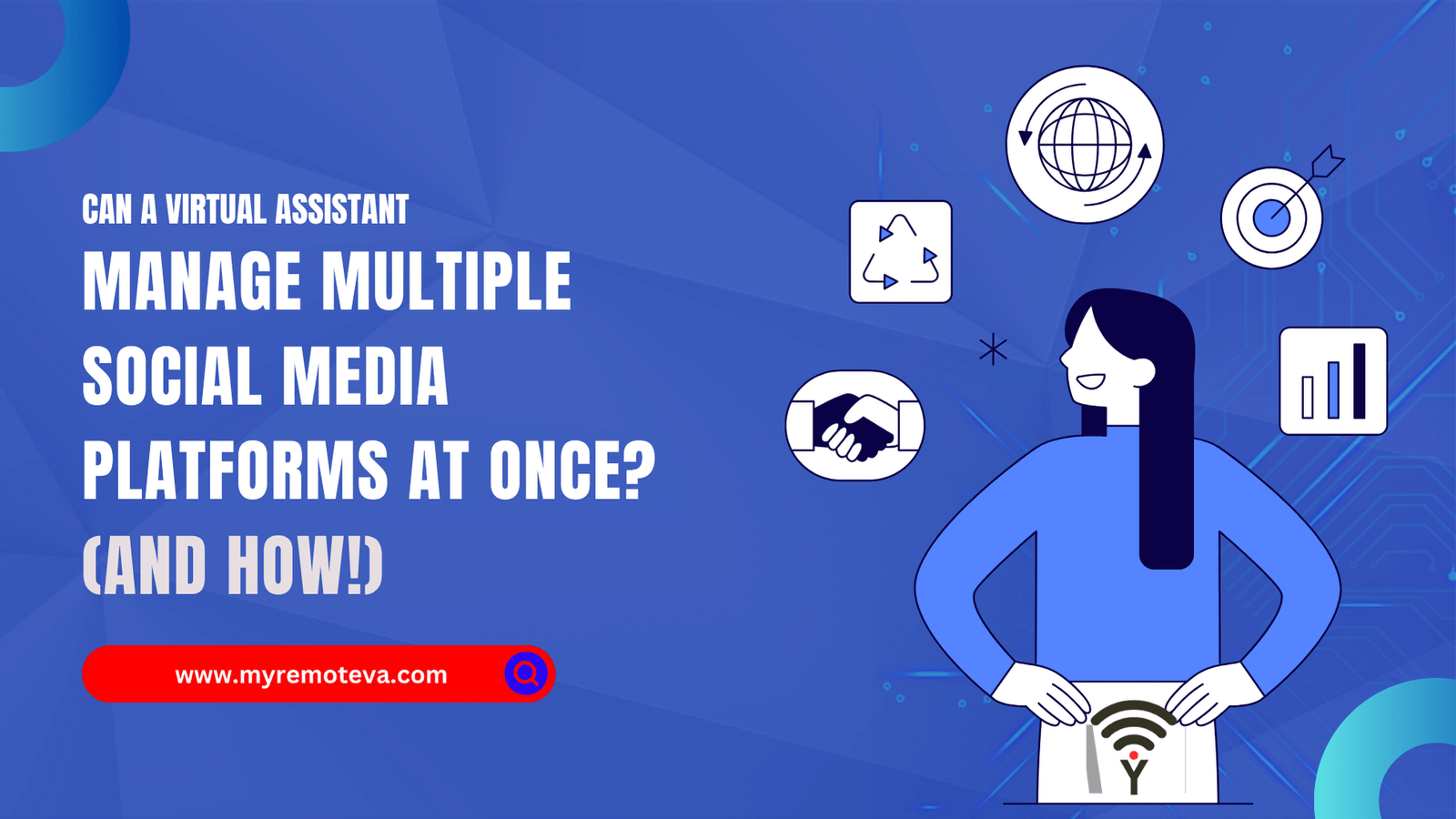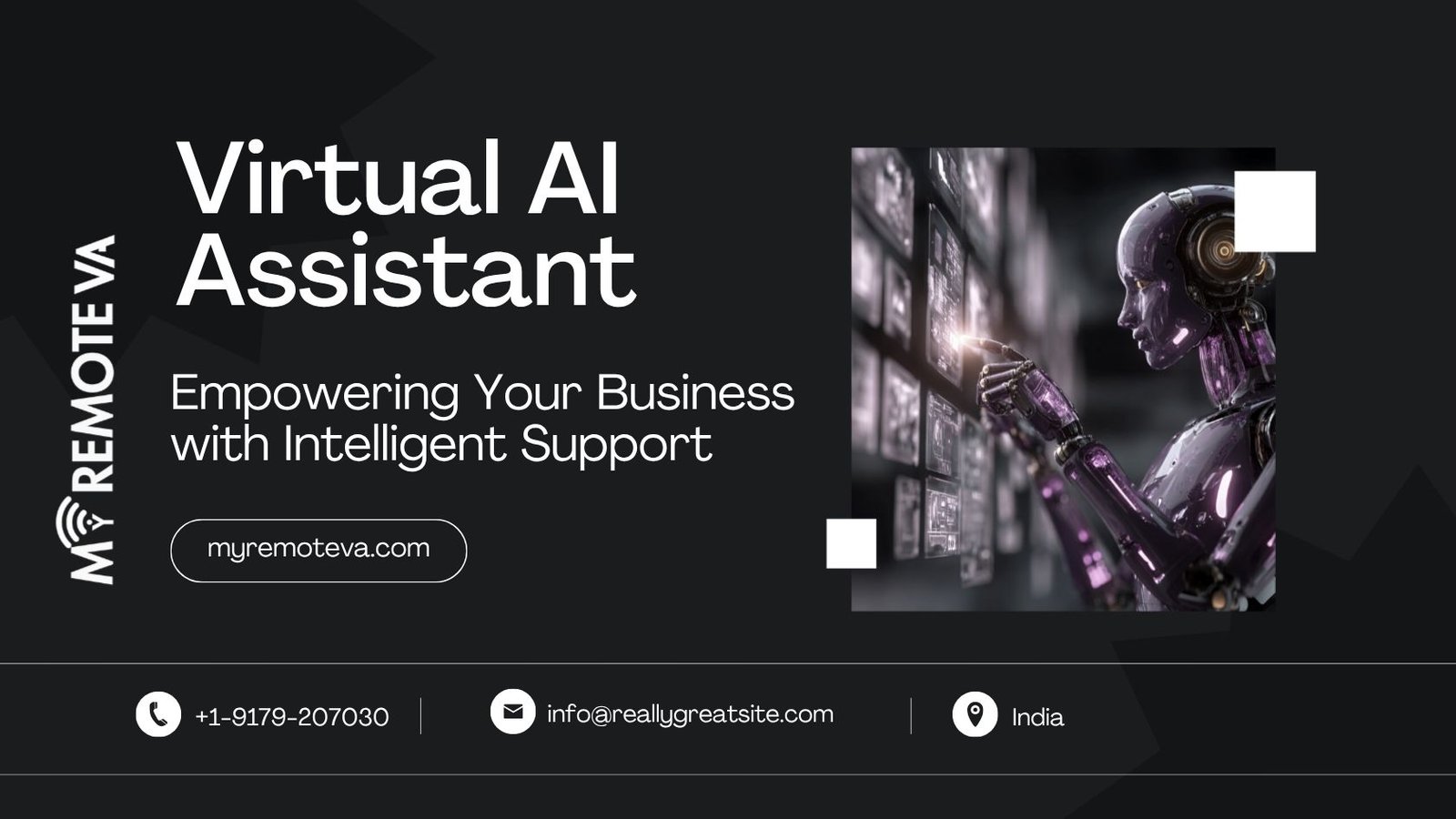Let’s be honest. In a world full of AI content, standing out feels tougher than ever. You can spot AI-generated writing a mile away, right? It’s grammatically flawless but completely devoid of personality. It uses perfect punctuation but lacks a soul. It’s like a stock photo of a family dinner—everything is technically correct, but it’s missing the spilled milk, the mismatched socks, and the genuine laughter. You’re left with a perfectly polished piece of writing that simply doesn’t connect. So, how do you fix that? How do you take something that feels flat and make it feel alive?
The secret isn’t to just run a quick grammar check on AI content and call it a day. The real work is about turning that robotic text into something that sounds like it came from you. It’s about more than just fixing a typo or adding a comma; it’s about infusing it with your unique voice, your personal experiences, and the kind of authentic insight that an AI can’t possibly generate. This is where your expertise shines, and it’s the only way to build real trust with your audience. Think of it as a creative collaboration where you’re the lead artist, and the AI is just providing the raw materials. Let’s get into how you can transform your content from a sterile script to a genuine conversation.

More Than Just a Spell-Check: Humanizing AI Text
You can’t just accept what an AI hands you. It’s a starting point, a rough draft at best. My own journey with AI content started with a sense of wonder, but that quickly turned to frustration. The tool would spit out a blog post that looked good on the surface, but when I read it, I’d cringe. Sentences were clunky, the flow was off, and it felt like a bland list of facts. That’s when I realized my job wasn’t just to approve it—it was to become the editor, the storyteller, the one who brings the narrative to life.
The first step in this process is to read the content out loud. Seriously, give it a try. You’ll immediately hear the difference between a natural rhythm and a robotic one. A human writer varies sentence length and structure, creating a dynamic flow that keeps the reader engaged. AI, on the other hand, often sticks to a predictable, monotonous pattern. Reading it aloud will highlight those awkward phrases and repetitive clauses that make it sound so… well, AI-generated. The goal here is to make it sound like a person is speaking directly to you, not a machine rattling off data points.
How to Fix Grammar in AI Writing and Make it Flow
While modern AI models are pretty good at the basics, they’re not flawless. They might nail the simple stuff, but they often stumble on more complex grammar rules, like nuanced comma usage or subject-verb agreement with a tricky subject. The real challenge, however, isn’t just fixing the grammar—it’s improving the clarity. For example, an AI might use the word “utilize” where a human would simply say “use.” It’s technically correct, but it sounds stuffy and formal. Your job is to swap out those academic-sounding words for something more conversational and direct.
Let’s also talk about those “AI-isms”—the phrases and transition words that pop up everywhere. You know the ones: “In conclusion,” “Furthermore,” and “It is important to note.” These are the tell-tale signs of a machine trying to connect ideas. A human writer, by contrast, uses a wider variety of transitions and often connects thoughts more subtly. Think about using phrases like, “The thing is,” or “But what about…?” to create a more engaging, natural tone. The best way to edit AI-generated text is to look for these patterns and replace them with something that feels uniquely you.
Beyond the Edits: Adding Your Expertise and Personality
The most critical step in this process is adding your own unique insights. AI can’t share your personal experiences or your professional wisdom. It can only pull from the data it was trained on. This is where you inject the value that truly makes your content stand out. Have a story about a client success? Or a personal anecdote about a mistake you made and what you learned from it? Share it! These moments of vulnerability and expertise are what build trust and authority with your audience.
Don’t be afraid to challenge the AI’s structure, either. The machine might produce a standard, cookie-cutter outline, but you can rearrange sections, add a new point, or even delete entire paragraphs that feel like filler. This is your chance to make the content truly actionable and helpful. Instead of a generic tip, provide a specific, step-by-step example. This is the difference between writing that just informs and writing that genuinely helps someone solve a problem. It’s the difference between a dry article and a truly compelling piece of content. You might also find that this process of editing and refining your content is a great way to generate new ideas for future posts. If you’re looking for more ways to manage your content creation and other administrative tasks, you might find our article on what a virtual assistant does particularly helpful.
You need to be your own fact-checker, too. AI models are known for “hallucinating” and presenting false information as fact. It’s a real danger. I once saw an AI generate a quote from a well-known CEO that was completely fabricated. Imagine the embarrassment if that had gone live! So, always, always verify any statistics, dates, names, or quotes before you hit publish. For more tips on crafting content that resonates with your readers and helps your brand grow, be sure to check out our post on how to start a blog and make money.

The Takeaway: Your Voice is the Final Ingredient
Ultimately, the AI is a tool, not a replacement for your creativity and expertise. It’s like a sculptor’s chisel—it can get the basic shape right, but it’s the artist’s hand that adds the intricate details, the texture, and the life. Your unique voice is the final, essential ingredient that makes content feel real and builds a genuine connection with your audience. So next time you get a draft from an AI, don’t just proofread it. Rewrite it, reimagine it, and make it your own.
Frequently Asked Questions About AI Content
Q: Is it okay to use AI-generated content at all?
A: Yes, absolutely! AI can be a fantastic tool for overcoming writer’s block and generating a first draft quickly. The key is not to publish it as-is. Think of it as a creative partner that helps you get started, but always remember that the final version needs your human touch and oversight to be high-quality.
Q: What’s the biggest risk of publishing unedited AI content?
A: The biggest risk is a loss of credibility. Unedited AI content can be factually inaccurate (a “hallucination”), sound generic and unengaging, and ultimately fail to build trust with your audience. Your readers will notice, and it will be difficult to win them back once that trust is broken.
Q: How can I make my AI content sound more personal?
A: Start by adding a personal story or anecdote related to the topic. Use “I” and “you” to create a more conversational tone. Ask rhetorical questions, vary your sentence structure, and use descriptive language that appeals to the senses. The goal is to make it feel like a real person wrote it, not a machine.
Q: How do I identify a “hallucination” in AI text?
A: A hallucination is a confidently stated, but completely made-up fact. The only way to identify these is through human fact-checking. Don’t take any claim for granted. Verify all statistics, dates, names, and quotes with reliable sources before you publish.














